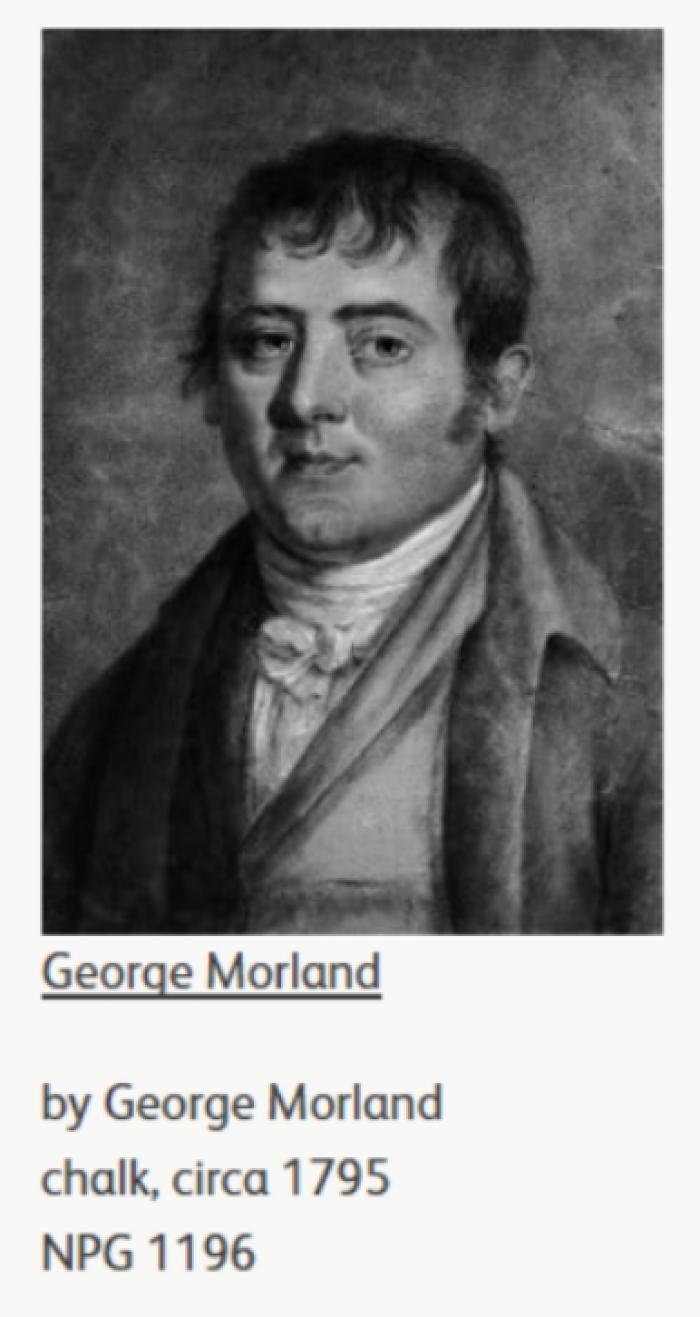
Morland Close is named after: George Morland 1763-1804
George Morland was an English painter, after whom Morland Close is named. Renowned for his rustic and textured landscapes, his paintings often depicted rural scenes, hunting, smugglers, and gypsies. Initially influenced by Francis Wheatley, Morland developed his own style in the 1790s, drawing on Dutch Golden Age painting. Despite his prolific output and the popularity of his works, which were frequently reproduced as prints, Morland struggled financially and personally due to his heavy drinking and erratic lifestyle. His early life involved intensive training under his father's guidance, leading to early acclaim and a brief stint with Sir Joshua Reynolds. Morland’s work included over a hundred engravings from 1788 to 1792, covering various themes from children's activities to moral contrasts and national sentiment. His art was in high demand, and he painted an extraordinary volume of work, often under pressure from dealers. However, his personal life was marked by financial troubles, a turbulent marriage, and eventually, arrest for debt. Despite his decline, Morland continued to produce significant works, including masterful paintings like "The Inside of a Stable" and works promoting abolitionism. He died in 1804, leaving behind a vast body of work, estimated at around four thousand pieces, and his legacy remains influential in British art history.
